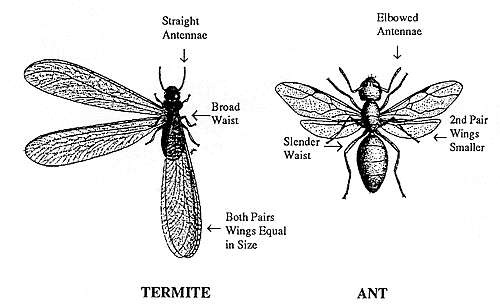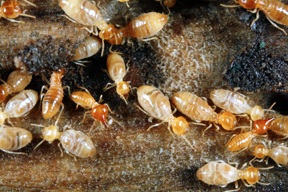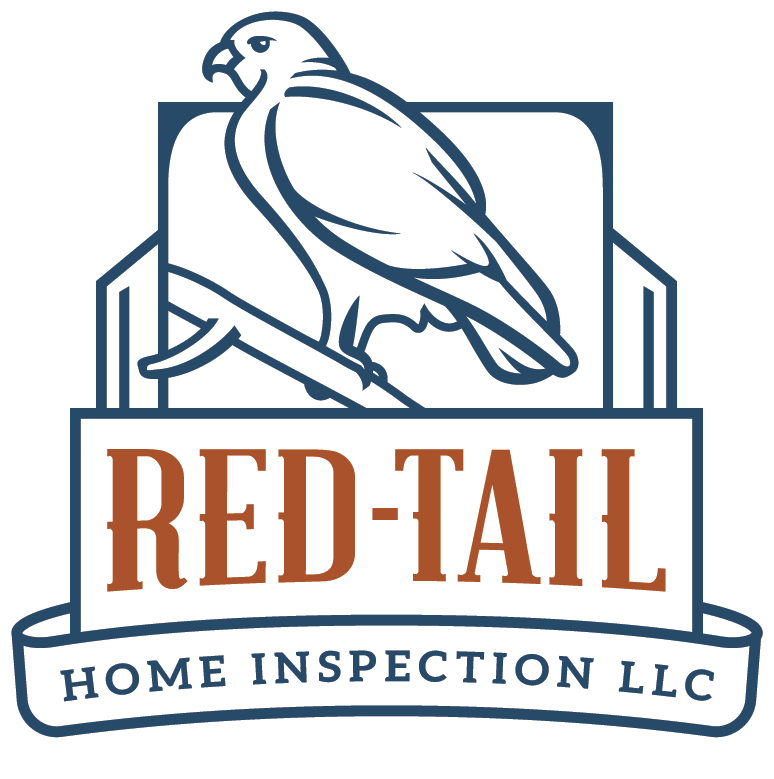Inspect for Termites Before You Buy a Home
If you are buying a home, having a professional termite inspection is vital. You must know whether the home has an active termite problem and the extent of the related damage to be able to make an informed decision about your pending real estate transaction.
What You Need to Know About Subterranean Termites
Termites are a species of insect that consumes wood and other cellulose materials. Although they can cause significant damage to homes, they are actually beneficial to the environment because they break down dead wood and plant material. Termites are found in all areas of New Jersey, and the eastern subterranean termite is the most prevalent termite in the state.
In the diagram you can see the differences between the Termite and an Ant. Termites have straight antennae, a broad waist, and equal sized wings. The Ant shows elbowed antennae, a slender waist, and different sized wings.

Termites Can Cause Substantial Hidden Damage to Your Home
Termites are social insects that live in colonies in the soil. Each termite colony has a king and queen whose sole purpose is to breed more termites. Most of the termites that compose the colony are worker termites. These worker termites continually forage and look for food (ie, wood) to bring back to the growing colony.
From the soil, termites generally enter structures undetected through hidden pathways in floor slabs, foundation walls, and floors. When subterranean termites enter into living spaces and feed on wood structures, they become a huge and costly problem. Termites eat the wood from the inside out, making the damage very difficult to see until it is too late. A piece of termite-ravaged wood may look perfect on the outside but be completely hollow and structure useless. The average termite colony can consume 3 feet of 2″ x 4″ lumber yearly. Left untreated, termites can cause significant damage to the structure of the home. Every home with wood structure or wood members is susceptible to termite infestation.
How to Spot Termite Activity?
To spot termite activity, look for the presence of mud tubes or mud tunnels. Termites use these mud tubes to travel from an area where there is no wood present to an area where wood or cellulose material is located. Termite tubes are sometimes clearly visible, but other times they blend in to the background and are difficult to spot.
Another way to spot termites is to look for damage. Termites eat wood from the inside so framing needs to be probed in order to determine if termite damage exists. Sometimes wood will appear to be fine visually but hollow inside. Termites can cause significant and sometimes catastrophic structural damage.


